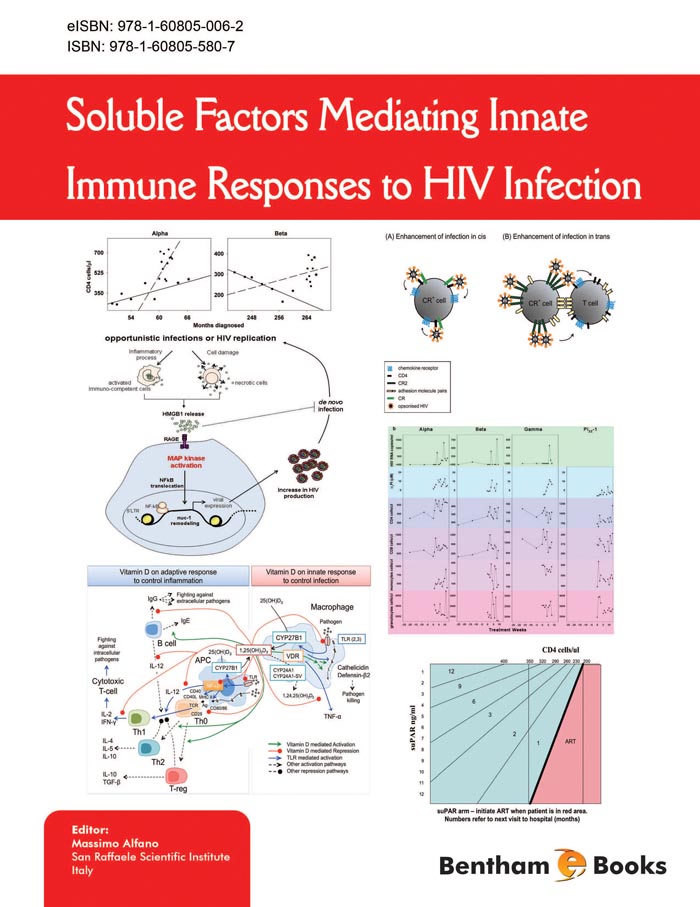Introduction
Human Immunodeficiency Virus (HIV) infection represents one of the biggest challenges of current years. However, scientists and physicians still do not have an efficient therapy for preventing or eradicating the virus. The selection of drug-resistant strains as well as side-effects, represent common problems encountered in all anti-viral therapies. However, it has been clearly demonstrated that the potency of early immune responses profoundly regulates levels of HIV, and hence also the generation of virus mutants as well as the velocity of disease progression to AIDS.
A prominent feature of this e-book is the focus on interaction between innate immunity and HIV infection. This topic has been investigated by many authors from the late 80's, and many soluble factors responsible for such activity have been discovered, such as suPAR and HMGB1. At present, these two novel factors are the subject of very intense research on HIV infections.
A key advantage of this e-book is the selection of authors, recognized worldwide as leading experts in their field. Because of the comprehensive coverage, as well as the eminence of the authors, this e-book provides a detailed and high quality description about the role of innate immune responses regulating HIV replication. It should prove to be a useful resource for readers interested in immunology and HIV research.

